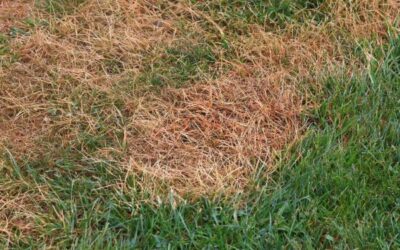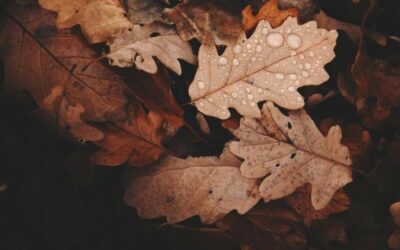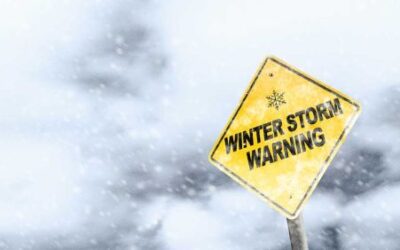As spring begins to bloom in Virginia, so does a less welcome guest: pollen season. While it plays a crucial role in the environment, pollen can quickly turn your outdoor sanctuary into a yellow-dusted, sneeze-inducing mess. For allergy sufferers or anyone who just wants to keep their patio clean and comfortable, controlling pollen is a must each spring.
Although it’s impossible to eliminate pollen entirely, there are practical ways to minimize its presence in your outdoor living areas. With a few smart strategies, you can enjoy your deck, porch, or garden without the constant hassle of pollen buildup.
What Is Pollen and Why Is It Everywhere?
Pollen is a fine powder produced by plants as part of their reproductive cycle. In Virginia, tree pollen is the biggest culprit in spring, especially from oak, pine, maple, and birch trees. Grasses and weeds follow later in the season. Pollen travels by wind, so even if your own yard has low pollen plants, surrounding vegetation can still leave a coating on your furniture, vehicles, and windows.
Many people associate pollen with allergies. In addition to its physical symptoms, pollen can also be a nuisance simply because it makes outdoor spaces look dusty, dirty, and uninviting.
Choose Low Pollen Plants
The first step to minimizing pollen is making strategic planting choices. Some plants release large amounts of wind-borne pollen, while others are pollinated by insects and release very little into the air.
If you’re designing or updating your garden, consider flowers and shrubs that are less likely to trigger pollen issues. Great options include azaleas, begonias, snapdragons, hostas, roses, and hydrangeas. These plants are not only beautiful but also tend to produce sticky, heavy pollen that does not travel far.
Avoid planting high pollen trees like cedar, birch, and oak near patios or decks if possible. If you already have these trees, focus on managing pollen rather than removing mature plants.
Keep Surfaces Clean
Flat surfaces like decks, patios, and outdoor furniture tend to collect the most pollen. Regular cleaning is key to keeping your space enjoyable.
Use a garden hose with a spray nozzle to rinse off pollen from surfaces a few times per week during peak pollen season. For more stubborn buildup, try a mild dish soap or vinegar and water solution. If you have access to a pressure washer, it can be very effective on decks, fences, or driveways.
Don’t forget to clean less obvious spots like railings, steps, window sills, and ceiling fans on covered porches.
Cover or Store Your Furniture
To reduce how often you need to clean, cover outdoor furniture when it’s not in use. Waterproof covers can protect both the furniture and cushions from pollen. Another option is to store cushions indoors or in deck boxes during peak pollen times.
When shopping for patio furniture, consider choosing materials that are easier to clean, such as plastic, metal, or weather-resistant resin.
Use Outdoor Rugs Strategically
Outdoor rugs can help catch pollen from shoes and furniture, preventing it from spreading throughout your space. Choose rugs made from synthetic materials like polypropylene, which can be easily hosed down or shaken out.
Be sure to clean outdoor rugs weekly during pollen season and let them dry thoroughly to prevent mildew.
Clean Screens and Windows
Screens on porches and windows are often overlooked but can accumulate quite a bit of pollen. Use a vacuum with a brush attachment or rinse screens with a hose to remove buildup. Wipe down windows with a glass cleaner and a microfiber cloth for a clear, streak-free finish.
Also check door frames and ledges, which tend to gather pollen that can then be tracked indoors.
Monitor Pollen Counts
Pay attention to daily pollen forecasts. On high pollen days, it may be best to delay sweeping or yard work until later in the day. Pollen levels are usually highest in the morning and on warm, dry, breezy days.
Try to enjoy your outdoor time in the late afternoon or after a rain shower, when pollen levels typically drop.
Mow and Weed Regularly
Keeping your lawn healthy can actually help reduce airborne pollen. Mowing regularly prevents grasses from flowering and releasing pollen. Weeding your garden frequently keeps allergy-triggering plants like ragweed from spreading.
Water your lawn and plants deeply in the early morning to keep dust and pollen particles settled into the ground rather than floating into the air.
Create a Living Barrier
If your space allows, consider creating a natural buffer between your outdoor living area and the rest of the yard. Hedges, fences, or dense plantings can help reduce the amount of pollen that drifts onto your patio.
Evergreens like arborvitae or boxwood can act as green walls that add both privacy and a layer of protection from pollen-heavy breezes.
Change Clothes After Outdoor Time
Pollen sticks to clothing and skin easily. If you’ve been outside for yard work or gardening, changing clothes and washing your hands and face before going indoors can help reduce the spread of pollen throughout your home.
If you have pets that spend time outside, give them a quick wipe down with a damp cloth before they come back in. Their fur can carry large amounts of pollen that easily transfer to furniture or bedding.
Let the Pros Help
If managing pollen feels overwhelming or you’re not sure where to start, it may be time to bring in expert help.
At Jack’s Lawn Care & Landscaping, we understand how disruptive pollen can be during an otherwise beautiful time of year. Our team can help maintain your lawn, keep outdoor surfaces clean, and design a landscape plan that considers not just aesthetics but also comfort and seasonal challenges like pollen. Whether you need pressure washing, low pollen plant ideas, or regular yard maintenance, we’re here to help you enjoy your outdoor space without the constant mess.
Tired of spring allergies ruining your time outside? Jack’s can help reduce the triggers in your yard so you can enjoy the season again.



